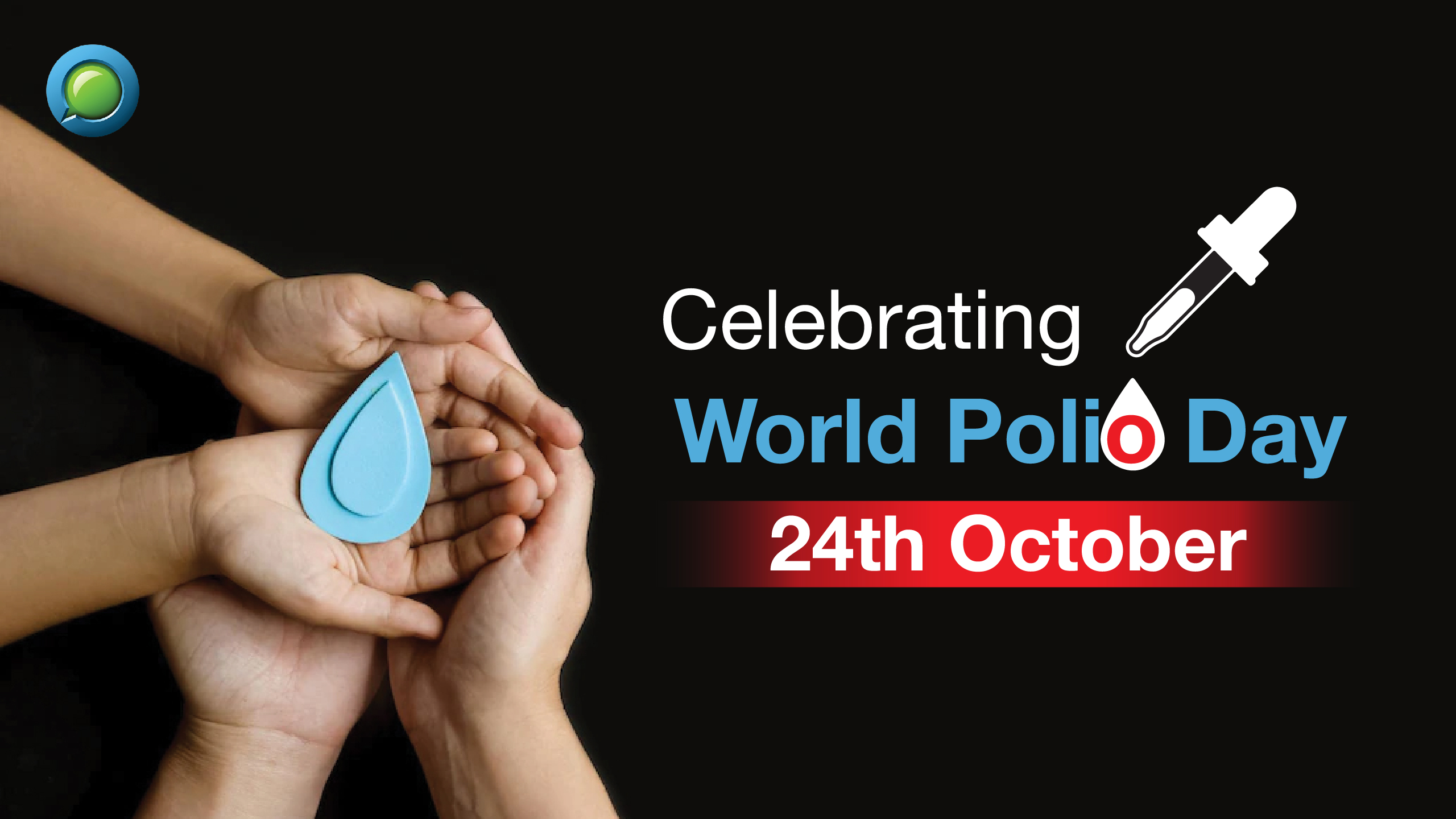Polio was one of the most feared diseases at the turn of the 20th century as it paralysed hundreds and thousands of children each year. However, polio was quickly brought under control and essentially eradicated as a public health issue in industrialised nations in the 1950s and 1960s after the development of efficient vaccines.
It took some time before polio was acknowledged as a serious issue in developing nations. Various surveys conducted in the 1970s showed that the condition was also common in developing nations. As a result, routine vaccination became a feature of national immunisation programs in the 1970s, which helped many developing nations control the disease.
In 1985, Rotary International began a global campaign to immunise children around the world against polio. The Global Polio Eradication Initiative (GPEI) began operations in 1988. At that time polio paralyzed more than 1000 children daily throughout the world. With the help of more than 200 nations and 20 million volunteers, more than 2.5 billion children received the polio vaccine.
India's Polio Journey: From then to date
India has taken a long time and effort to go from having an endemic disease to having zero cases. Government representatives, healthcare professionals, social activists, leaders, and most crucially, parents who would ultimately decide whether to vaccinate their children or not were all involved in the campaign.
Every National Pulse Polio Immunisation Round involves the vaccination of 17.2 crore children under the age of five, according to the Ministry of Health and Family Welfare. Given that India had its own set of difficulties, it is clear that this level of outreach was not accomplished in a single day. The Indian government had to contend with the biggest concentration of children under the age of five in the world, as well as a high birth rate, poor sanitation, impassable terrain, and, most importantly, a hesitant population that may occasionally become hostile.
India's success in eliminating polio is undoubtedly the most remarkable medical achievement the world has ever seen. This milestone was only possible due to the efforts of the entire nation. Some of the initiatives taken by India to eradicate polio include-
- The ambitious Pulse Polio oral vaccine campaign in India, which was begun across the country in 1995, reduced polio infections from 50,000 to 100,000 annually in the 1980s to zero in 2012.
- Since 2004, annual pulse polio vaccination campaigns have been carried out ten times annually, tracking and immunising nearly every child.
- In no time, Bollywood icon Amitabh Bachchan signed on to serve as the campaign's brand ambassador in 2002. Bollywood certainly did its part to raise awareness about the polio vaccine, as evidenced by the sporty participation of stars like Aishwarya Rai Bachchan and many more. People gradually came around to the idea of the polio vaccine as "Do boond zindagi ke" came to serve as the campaign's anthem.
- The vaccination was gradually made available in people's homes, and volunteers went door to door to ensure that all children received the proper vaccinations. Health professionals were able to reach them with the vaccine because of a system to track newborns.
- In addition, recent scientific advancements like DNA sequencing assisted in the rapid identification of the source of a virus outbreak, allowing the authorities to halt its spread.
So on this World Polio Day, let's make a promise to fight and fight hard to save the children from other diseases as well.













